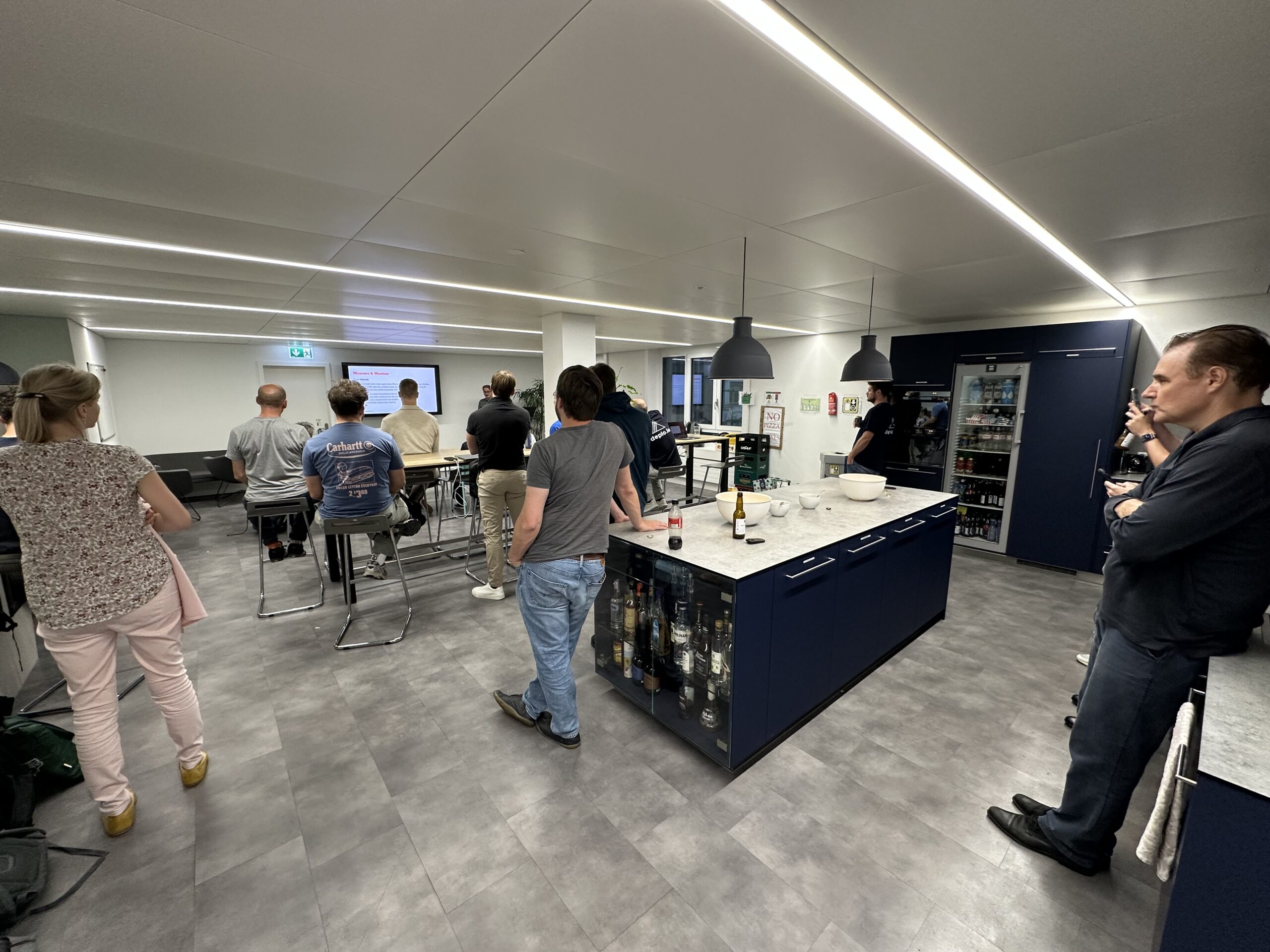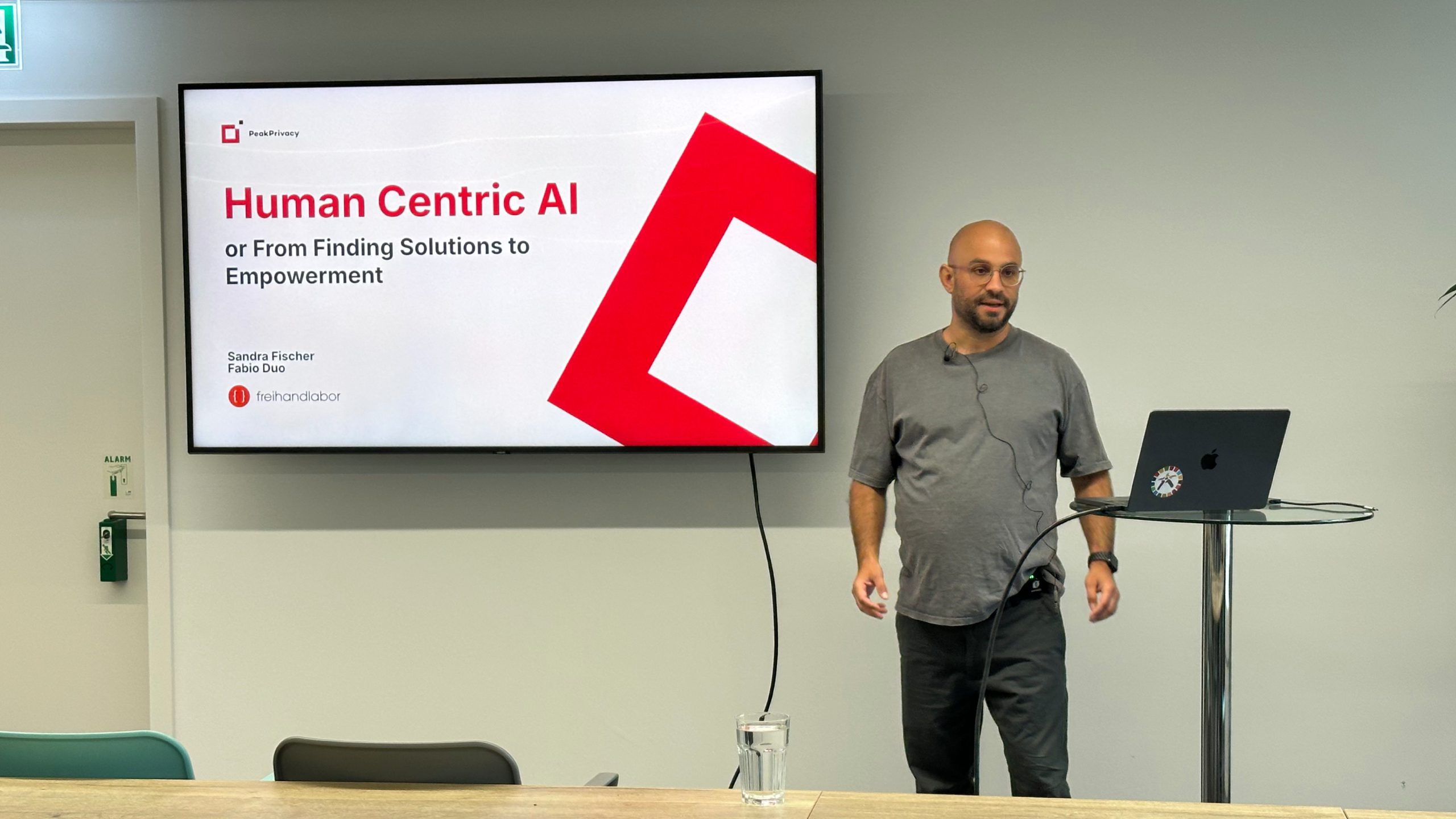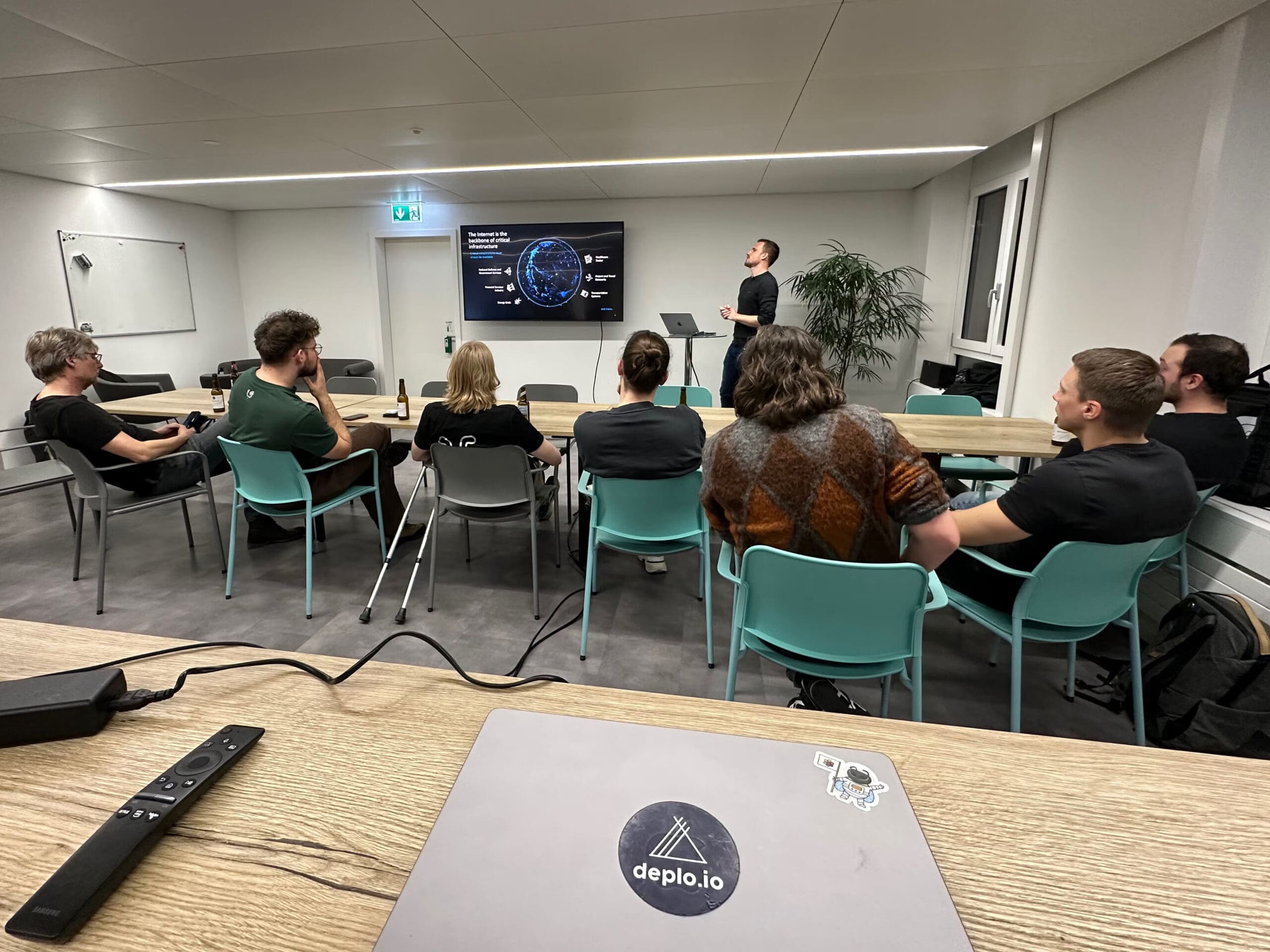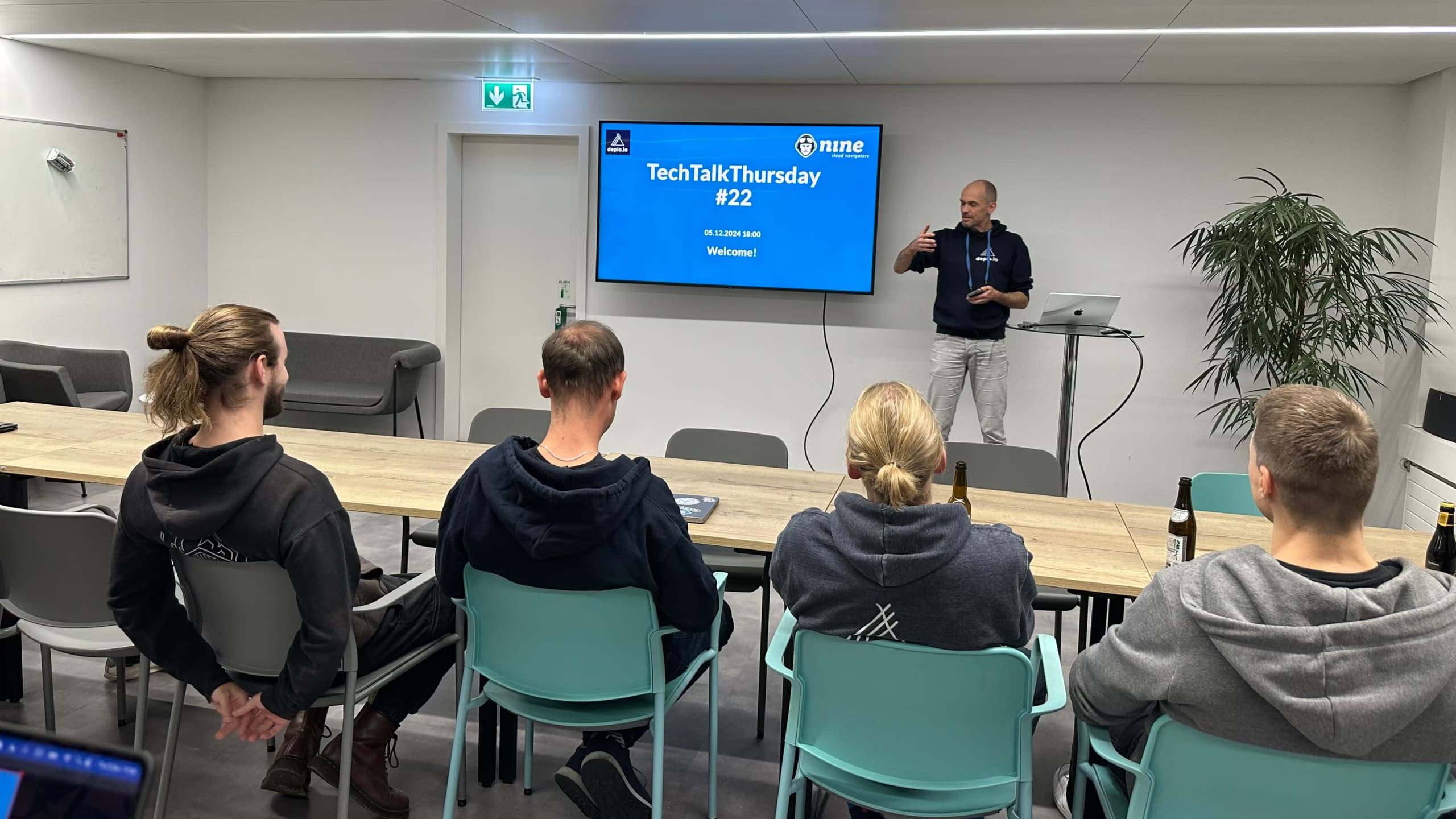This guest blog post was written for us by myclimate. We support the organisation with an annual contribution to climate protection. This year, we offset 189.5 tonnes of CO2 worth CHF 4,738. myclimate, the leading climate protection organisation that has been working locally and globally for sustainable development and effective climate protection since its foundation in 2002, states that our climate protection contribution is having an impact: «Based on the calculated emissions, myclimate climate protection projects in Africa, Asia and Latin America are being supported.» The following article shows why this is also important in the ICT industry.
Why the ICT Industry Needs to Contribute to Climate Protection
«Digitalisation is the path to a sustainable future.» This statement applies in many areas – but it is still worth taking a closer look: even if there are no visible emissions, digital services are not emission-free. Whether cloud storage, data centres, AI applications or streaming services – they may run quietly and invisibly in the background, but they consume considerable amounts of electricity. And the ecological footprint of digital infrastructure is growing steadily.
What surprises many people is that everyday digital activities such as web searches, sending emails or watching Netflix for an hour also cause CO₂ emissions. This is because they too run on networks, servers and data centres – and these require enormous amounts of energy. In addition, emissions are generated during the manufacture, maintenance and disposal of end devices, software and cloud systems.
A distinction is made between direct emissions, such as those caused by the power consumption of devices and data centres, and indirect emissions, which arise from the manufacture, operation and disposal of the infrastructure.
Digital Life, Real Footprint
The ICT industry currently accounts for an estimated 2 to 4 percent of global CO₂ emissions – and this figure is rising. The energy consumption of data centres and data-intensive applications – such as artificial intelligence and blockchain technology – is driving these figures upwards. More and more companies in the ICT industry are recognising their responsibility, including Nine Internet Solutions AG: for many years, they have been supporting international climate protection projects with their donations to myclimate, thereby contributing to the reduction of global emissions.
This commitment reflects a trend that can be observed throughout the industry. Sustainability is increasingly becoming a strategic issue for ICT companies. Anyone offering digital services today is increasingly confronted with questions such as these::
- How much electricity do my products and services consume?
- Can my hosting be made climate-friendly?
- How can I credibly offset my emissions?
This is exactly where organisations such as myclimate come into play.
Climate Protection – Also for Servers, Software and Services
As a non-profit climate protection organisation based in Zurich, myclimate has been helping companies understand and reduce their ecological footprint for over 20 years. In the ICT sector, this means, for example, creating a transparent CO₂ balance sheet for digital services, providing advice on reduction – for example, through efficient infrastructure or switching to green electricity – and making a climate protection contribution for residual emissions through certified projects.
Christian Lehmann, Senior Manager Corporate Partnerships at myclimate, looks after many customers from the IT and tech sector. From his experience, he knows: «In the ICT industry in particular, there is a growing awareness that digital services are not emission-free. Many of our partners want to know exactly where their footprint comes from – and what they can do about it.»
The Importance of Climate Protection Contributions to myclimate
When companies make a climate protection contribution to us, this money goes towards certified climate protection projects in Switzerland or abroad. These projects avoid CO₂ emissions – for example through solar energy, biogas plants or reforestation – while also promoting sustainable development locally.
What companies often don’t know is that our projects are not just «certificates on paper», but real initiatives with a local impact. Many create jobs, improve air quality or enable children to attend school. What’s more, all projects are verified according to international standards such as the Gold Standard or Plan Vivo.
Conclusion: Climate Protection Is Not a By-Product, Even in the Digital World – It Is Part of Our Responsibility
Digitalisation is changing our world – and can contribute significantly to climate protection if we design it consciously. This includes looking at digital products: where do emissions arise and what can be improved to reduce emissions?
There are pragmatic ways to do this: from more efficient processes and renewable energies to credible support for climate protection projects. myclimate is happy to assist companies as a partner in this endeavour.






























